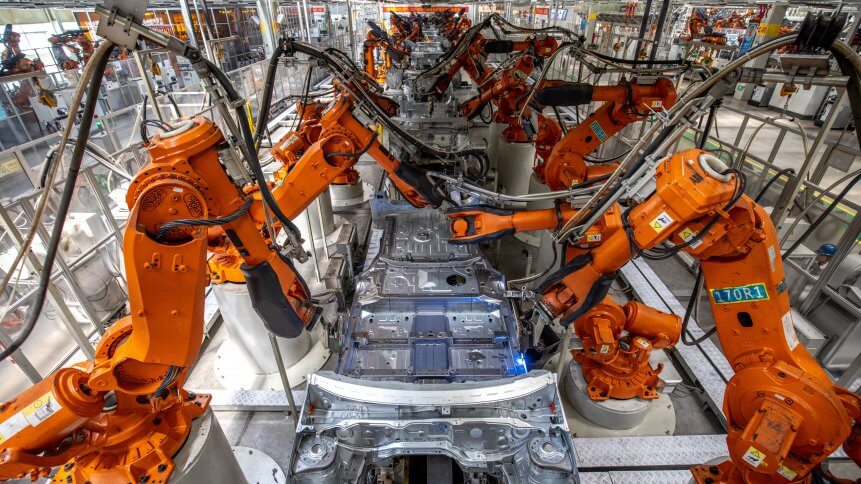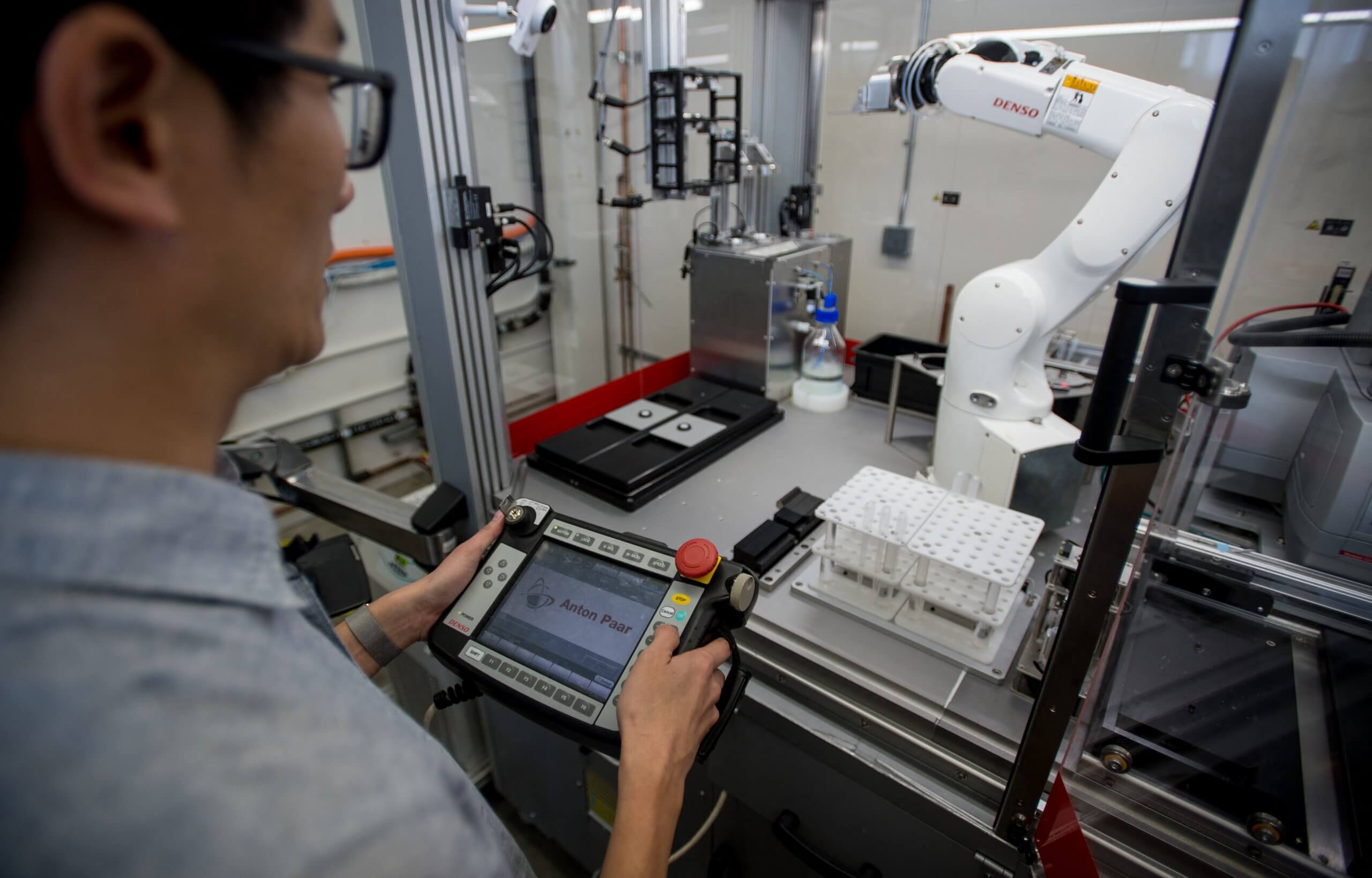Intelligent automation the key to unlocking strategic business outcomes

The transformative power of intelligent automation (IA) is continuing to gather momentum in 2022, as decision-makers realize only a truly unified workforce can deliver a business’s full potential. In order to achieve a united workforce humans and digital robots must work as a single cohesive construct.
We’ve now moved past the fear paradigm of seeing digital labor as a risk and instead see it as a partner, or collaborator, and as a means to excel. The impact of human and digital workers seamlessly operating alongside one another is a powerful concept, and one that will become even more prevalent throughout 2022.
As we witness attitudes around digital transformation and the future of work progress, so will the technology itself. We’ve seen remarkable growth in the capabilities of intelligent automation in recent years, with the advancement in artificial intelligence (AI) and complementary technologies. RPA has become a key platform and business enabler for IA, as businesses leverage AI to increase the sophistication of what can be automated and to support more complex automated interactions between digital workers and human workers and customers.
Throughout the year, we’ll see these developments increase speed, continually adding to digital robots’ skillset. The embedding of AI and machine learning (ML) into digital robots will enable automation to be faster and cheaper to program and execute, increase the scope over which they can be done, and ease the path towards being able to orchestrate digital robots as they expand across the enterprise. This in turn will lead to rapid scaling of automation programs to play increasingly strategic roles in businesses.
We’ll gradually be able to see other changes in the way the technology is used, as intelligent automation becomes more ‘intelligent’. Vendors will be driving towards developments such as autonomous IA, a form of intelligent automation that can be self-defining, self-managing, and self-healing. The lines between digital process automation (DPA), iPaaS, no code, robotic process automation (RPA), and other forms of automation are blurring too, so we will most likely see a future trend towards IA platforms that provide the means to create, manage and control operations leveraging multi-modal automation across both human and digital robots.
What does this predicted advancement of technology and shift in mindset mean for businesses? Greater use of intelligent automation will increasingly lead to enhanced business outcomes for specific target markets and industries. Solutions will become more tailored toward individual industries to deliver their own strategic business outcomes.

‘Just’ lead automation engineer Chingyao Yang uses a robotic arm at the vegan product developer’s HQ office in San Francisco, where work is ongoing on a new kind of meat, based on animal cells. (Photo by JOSH EDELSON / AFP)
These might be increasing quality and compliance, reducing labor costs, developing stronger business resilience, improving customer and employee experience, or the ability to become more agile in increasingly competitive markets. Intelligent automation will continue to become increasingly strategic – more focused on key corporate goals such as competitiveness, revenue growth, customer service, and market growth.
It’s become clear that intelligent automation is applicable to almost all sectors but, heading into 2022, we expect growth to be particularly strong in a handful of industries. Healthcare, for example, has recognized AI’s strength in improving interoperability and back-office efficiencies, providing financial stability, enhancing workforce satisfaction, and, most importantly, elevating the patient experience. Manufacturing is another which we believe we’ll see significant uptake. Intelligent automation has already demonstrated its ability to improve customer experience, help swiftly adapt to regulatory changes, and manage complex supply chains.
YOU MIGHT LIKE

At Amazon, it’s the worker vs the algorithm
We will see accelerated use of IA in retail too, with the industry having only scratched the surface when it comes to intelligent automation. We have found it’s a hugely efficient way to boost sales, increase customer engagement, and reduce costs. Finally, we will see strong growth in utilities. Higher customer expectations, adaptations to tackle climate change, meeting regulatory compliance, aging infrastructure and workforce are all factors that will drive utility businesses towards the use of intelligent automation throughout 2022.
Already, tactical and quick-win automation are a thing of the past, though businesses need to go further than they currently are in order to achieve the maximum ROI. As we move forward businesses will realize the need to make intelligent automation a strategic priority. Organizations will approach their challenges at the highest level, orchestrating and rearranging the future management of work, leveraging all business application interfaces, be they legacy applications, modern apps or APIs, to work for their strategic business goals.
Organizations need to give more consideration to how intelligent automation can augment their human counterparts’ workload, enabling them to do more. Customers will put greater emphasis on how this new unified workforce is orchestrated, as intelligent automation’s presence grows within organizations. Reimagining processes with a digital-first mindset will enable businesses to break through growth-restricting organizational constructs.
Article contributed by Eric Tyree, head of AI and research at Blue Prism








